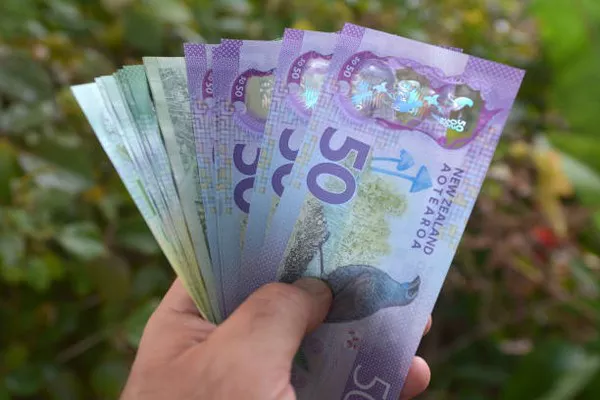New Zealand’s currency, with its distinctive designs and cultural motifs, reflects the nation’s rich heritage and identity. Among the array of banknotes in circulation, one stands out as the pinnacle of value and prestige—the highest note in New Zealand currency. In this article, we embark on a journey to uncover the identity, significance, and historical context of this esteemed banknote.
1. Understanding New Zealand Currency
Origins of New Zealand Currency
New Zealand’s currency system traces its origins to the early days of European colonization. Initially, a variety of currencies circulated, including British pounds, Spanish dollars, and local colonial issues. However, with the passage of the New Zealand Pound Act in 1840, the New Zealand pound was established as the official currency, laying the foundation for a unified monetary system.
Adoption of the New Zealand Dollar
In 1967, New Zealand transitioned to a decimal currency system, with the introduction of the New Zealand dollar (NZD). The New Zealand dollar, denoted by the symbol “$” and the ISO code “NZD,” replaced the New Zealand pound, ushering in a new era of modernization and economic stability.
2. The Banknote Landscape in New Zealand
Denominations and Designs
New Zealand banknotes come in a variety of denominations, each featuring unique designs and cultural themes. From the iconic images of Queen Elizabeth II to native flora and fauna, these banknotes showcase the diverse beauty and heritage of New Zealand.
Security Features
Incorporating advanced security features, such as holographic elements, microprinting, and color-shifting inks, New Zealand banknotes are designed to deter counterfeiting and ensure the integrity of the currency. These features provide both merchants and consumers with confidence in the authenticity of their banknotes.
3. Unveiling the Highest Note: The $100 Banknote
The $100 Banknote
In the hierarchy of New Zealand currency, the highest note is the $100 banknote. Featuring a distinguished design and commanding value, the $100 banknote holds a special place within the nation’s monetary system.
Design and Features
The $100 banknote boasts intricate designs and security features, including portraits of notable New Zealanders, iconic landscapes, and Maori cultural symbols. These elements not only celebrate New Zealand’s heritage but also serve as a testament to the nation’s identity and values.
4. Practical Implications and Usage
Circulation and Usage
While the $100 banknote is the highest denomination in New Zealand currency, its circulation and usage in everyday transactions are relatively limited. Due to its high value, it is primarily used for larger purchases, such as luxury items or significant transactions.
Accessibility and Availability
Despite its limited circulation, the $100 banknote remains readily available through banks and financial institutions across New Zealand. As a legal tender, it can be used for transactions and exchanges, providing consumers with a convenient option for high-value purchases.
FAQs About the Highest Note in New Zealand Currency
Addressing Common Queries and Curiosities
FAQ 1: What is the highest note in New Zealand currency?
The highest note in New Zealand currency is the $100 banknote, featuring notable designs and security features.
FAQ 2: Is the $100 banknote commonly used in New Zealand?
While the $100 banknote is legal tender, it is not as commonly used in everyday transactions compared to lower denominations. It is primarily utilized for larger purchases or significant transactions.
FAQ 3: What security features are present on the $100 banknote?
The $100 banknote incorporates various security features, including holographic elements, microprinting, and color-shifting inks, to ensure authenticity and deter counterfeiting.
FAQ 4: Can I exchange lower denominations for $100 banknotes at banks?
Yes, banks and financial institutions in New Zealand typically offer currency exchange services, allowing individuals to obtain $100 banknotes in exchange for lower denominations.
FAQ 5: Are there any limitations on the use of $100 banknotes in New Zealand?
While there are no specific limitations on the use of $100 banknotes, businesses and individuals may choose to impose their own policies regarding the acceptance of high-denomination banknotes for transactions.
Conclusion
In conclusion, the $100 banknote stands as the highest note in New Zealand currency, embodying the nation’s values, heritage, and economic stability. With its distinguished design, advanced security features, and practical applications, the $100 banknote plays a pivotal role in New Zealand’s monetary system. As we continue to navigate the complexities of modern finance, the $100 banknote remains a symbol of value, trust, and pride for the people of New Zealand.


